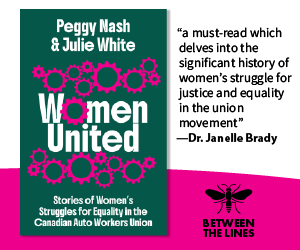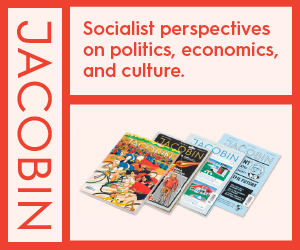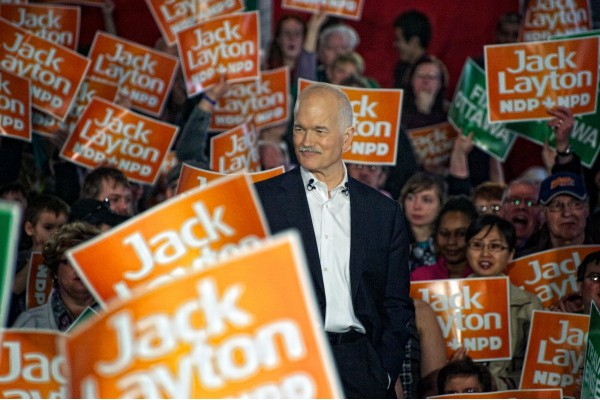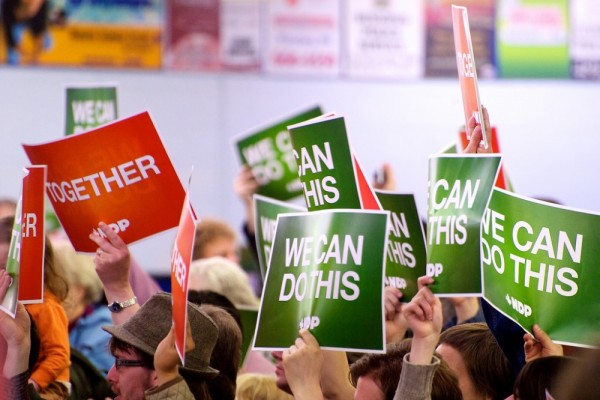How will Jagmeet Singh shape the federal NDP leadership race?
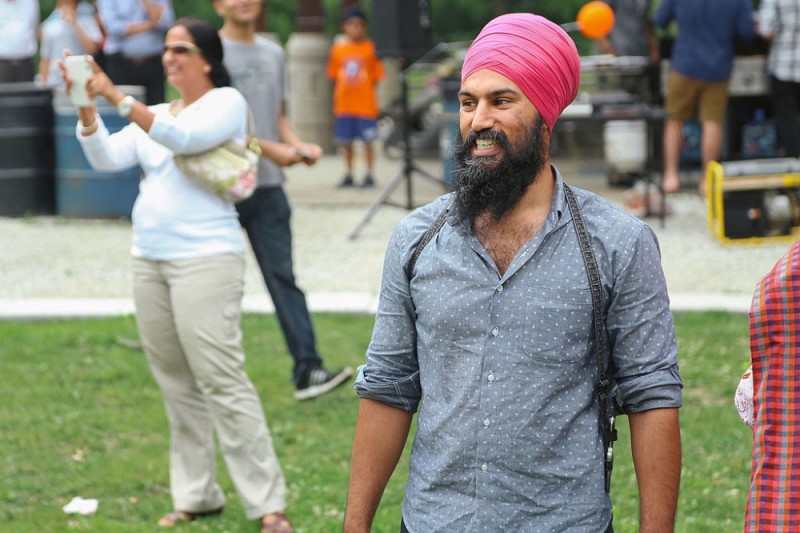
Jagmeet Singh. Photo by BGM Riding Association/Facebook.
About a week ago, Ontario NDP MPP Jagmeet Singh ended months of speculation by officially throwing his hat into the Federal NDP leadership race. While there are potentially more than a half-dozen contenders to succeed Tom Mulcair as leader, Singh instantly upon his announcement has become a favourite. Indeed, the interest in Singh from rank-and-file NDPers, party operatives, and the wider Canadian media has been intense, and he has generated the most buzz of any existing contestant, with many suggesting that his youthful GQ style is the best antidote to Justin Trudeau.
But what does Singh’s entrance mean for the NDP leadership race? As many have noted, Singh could become the first non-Caucasian to head a major Canadian party, and in so doing bring a new face to Canadian politics. While Singh’s campaign cannot—and should not—be reduced to this fact, the history of Canadian politics has been overly monochromatic, and having major politicians—including potential Prime Ministers—take centre stage is important to put into practice the Canadian mythology of a diverse, tolerant, and multicultural society.
Additionally, the NDP has long struggled to make inroads into various racialized and immigrant communities, who comprise a growing segment of the electorate. These communities can be served by a democratic socialist message which emphasizes equality, inclusion, and opportunity, but are still dominated by interests tied to the Liberal and Conservative parties. Singh has been successful in highly diverse Brampton, Ontario, and many have placed hopes in him extended NDP success across the ‘905’ region of southern Ontario. Of course, some have expressed concerns that Canada isn’t ready for a non-white federal leader, especially one who wears a turban and has an unfamiliar faith. While it is inevitable that some will disregard Singh through racist and xenophobic motivations, it is more likely that he will open up new bases for the party across some of Canada’s biggest—and most seat-rich—cities.
On the issues, one can expect from Singh a few key progressive hallmarks upon which he can build during this long campaign. Singh has been on the forefront in the fight against police carding in Ontario, which has disproportionately affected young racialized men. Singh has also made auto insurance concerns an important part of his political agenda, which might have a broad appeal in class and geographic terms. Finally, Singh has been a leader in fighting exploitative temporary employment agencies that trap working in a pattern of poverty and precarity. Each of these issues, even if only indirectly, can be transitioned to the federal scene, and make for a strong retort to the idea that Singh is a candidate high on image and low on substance.
Another challenge will be that even if Singh becomes leader, he lacks a seat in Parliament, which means waiting for a by-election, holding off until 2019, or having a sitting NDP MP resign their seat in order to have Singh seek it, which will be outside the vicinity of his current seat. This will no doubt give some NDP members pause, though supporters of Singh could readily point to Jack Layton in 2003, who defeated sitting MPs to become a long-running and highly successful leader, using his time outside of parliament to build both a national media profile as well as a connection to the grassroots.
Finally, it’s important to look at how Singh’s entrance changes the dynamics of the current leadership race. On the face, it might cause some issues for candidates like Niki Ashton, who has been by far the youngest person in the contest, and who has made the recruitment of young people central to her effort. Singh is only a few years older than Ashton, and has also generated notable support from young people. Beyond this however, could be the narrative differentiation between Singh and Charlie Angus, who is well ahead in fundraising, and has cast his campaign in terms of reaching out to ordinary working class Canadians by speaking in class terms. Likely not by coincidence, Angus released the follow message only a couple days following Singh’s formal entrance:
The Ottawa/Toronto media have declared the NDP race to be about becoming more stylish. C’mon folks time to pick up your game. The great unwashed can definitely do better. I’m the worst offender having been called over the last few days frumpy, dowdy, old and chippy. I promise that next time I stop at a roadside for a photo I will wear a jaunty accessory, like my Roughriders ball cap.
Evidently, Angus sees the immediate challenge Singh offers, and is angling his image to be that of the regular Canadian, and not the concoction of the downtown media elites located in central Canada’s metropolises. Finally, it might be the case that Singh comes to dominate media coverage of the leadership race, which if he harnesses it well, could make it difficult for his rivals to build momentum into the summer months.
On May 28, the NDP will have a debate in Sudbury, which will be a great opportunity to see not only how Singh performs, but how he changes the dynamic on stage between the existing four candidates. More generally, the energy Singh brings, and the urgency he might be creating among other candidates, could bring a more competitive tone to the debates that have thus far lacked major differentiations between the candidates. With the CPC leadership race ending this week, the NDP leadership race will be getting increased attention, and is really just beginning.
Christo Aivalis, a member of the CD web committee, is an adjunct professor of history at Queen’s University. His dissertation examined Pierre Trudeau’s relationship with organized labour and the CCF-NDP, and has been accepted for publication with UBC Press. His work has appeared in the Canadian Historical Review, Labour/le Travail, Our Times Magazine, Ricochet and Rankandfile.ca. He has also served as a contributor to the Canadian Press, Toronto Star, CTV and CBC. His current project is a biography of Canadian labour leader A.R. Mosher.


